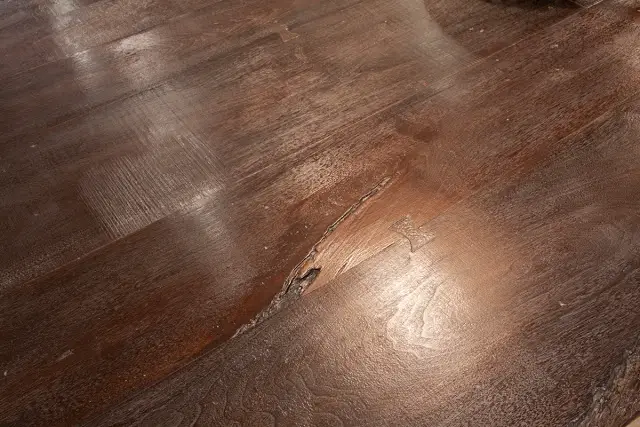
Can decorative concrete be applied over a wood substrate?
So you love the concept of decorative concrete but have an existing wood floor or already have planned on building with a wood floor substrate.
No problem!
The concept of using concrete overtop of a wood substrate is really not new. If you think of it this way… Concrete or cement based materials have been installed over wood substrates for years. Many homes and business’ have been installed with marble, granite or ceramic tiles for years. The material that is used to bond the tiles to the floor is a polymer modified cement mortar or thinset and is similar in composition to the decorative concrete toppings that are used today. Decorative concrete overlays just aren’t covered with a tile when they are completed.
You might ask “Wouldn’t the concrete crack?”
We might respond “Do tiles crack when installed over wood?”
Not necessarily, but it has a lot to do with surface preparation. If the right materials are used and the right surface preparation is done concrete can be a long term durable floor option to go over a wood substrate with excellent results.
Decorative Concrete materials come in all compositions and mixtures and many are ideally suited for wood substrates. While some materials are extreamly stiff and brittle, other are actually maleable and flexible. It is these semi-flexible materials which should be used overtop of a wood substrate. But first we must do the proper surface preparation…
How to prepare a wood substrate for a decorative concrete topping system.
Step 1. Ensure the wood substrate is secure and has as little movement as possible. This could include increasing the plywood thickness, or decreasing the space or gap between the floor support beams. A nominal amount of movement is usually acceptable.
Step 2. Fill the seams and joints of the plywood subfloor with a fearther patch material to seal them off.
Step 3. Prime the entire surface with wood primer to seal off the surface and get a good bond.
Step 4. Apply metal lath or diamond back mesh with a staple gun or staple hammer. Make sure to overlap the seams by 2-3inches. Keep the lath tight against the floor to eliminate high spots.
Step 5. Apply an underlayment or trowel on a thinset patch system to fill the mesh and leave behind a smooth and level surface.
Step 6. Re-apply a primer to the underlayment system and treat the floor as if it were concrete.
Step 7. Apply the final finish topping system, then color and seal as required.
Note: Try to use high polymer modified cement systems and underlayment as they tend to be more flexible and forgiving when the substrate moves. Products that get mixed with polymer rather than water usually work well and many micro toppings are an ideal final surface finish system.
